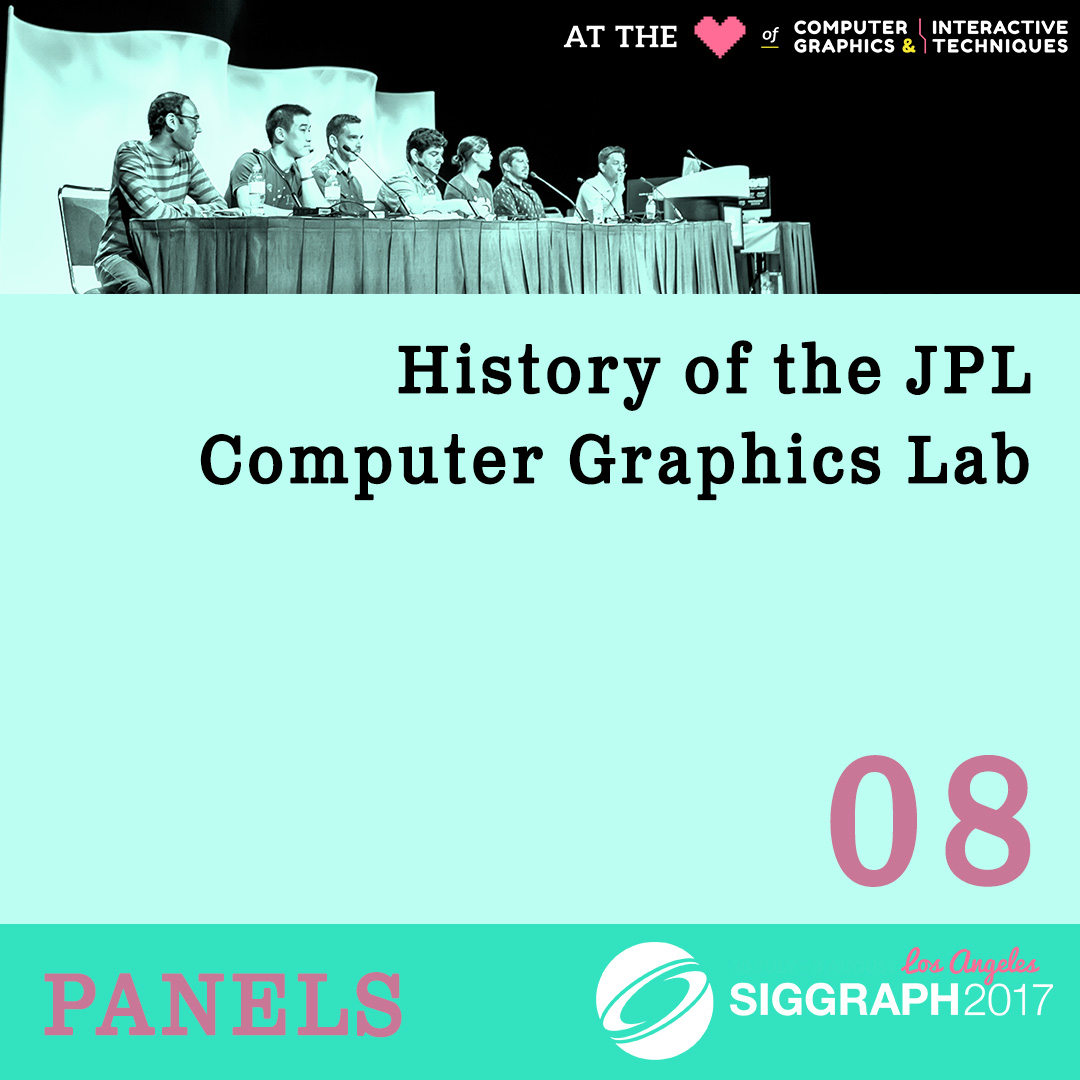“History Of The JPL Computer Graphics Lab” Moderated by
Conference:
Type(s):
Title:
- History Of The JPL Computer Graphics Lab
Presenter(s)/Author(s):
Entry Number: 08
Abstract:
- Interactive 3D graphics for space-mission simulation, spacecraft engineering support, and space-mission design.
- 3D graphics for ocean exploration.
- Science for texture mapping, bump mapping, and reflectance mapping.
- Digital-image painting technology.
- Science for intrinsic surfaces.
- Visualization of integrated circuits.
The mission of the NASA JPL Computer Graphics Laboratory (1977 – 1990) was to apply the then-new field of 3D computer graphics to applicable areas of NASA spaceflight operations. The lab produced computer animations of many spacecraft planetary encounters, including Voyager and Pioneer and other deep space missions. It also provided advanced computer graphics engineering support for the Voyager and other missions. External projects included animations for Carl Sagan’s “Man and the Cosmos” series, several British Broadcasting Company “Cosmos” episodes, “Mathematics!”, “The Mechanical Universe”, and “The Mechanical Universe and Beyond”.
The lab’s major activities included:
Computer animation for education in publicly broadcast educational series. The lab’s animations were NASA’s first uses of 3D computer animation. They were also the first major public releases of 3D computer animations. A great deal of published science resulted from the research and development needed to create these animations.
This panel celebrating the lab’s 40th anniversary includes the lab’s principal scientist, two of the principal engineers, and the artist-in-residence. They present an overview of the operations at the lab, summarize the tasks required for NASA mission support, show excerpts from the lab’s productions, and discuss how they were produced. They also describe how the lab’s history is being prepared as a graph database to enable dynamic, context-sensitive navigation, including browsing it in VR.





